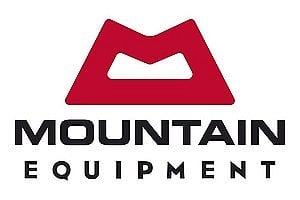In reply to samben6:
It would be great to know a bit more about the trekking and mountaineering you have in mind - location, time of year, altitude, types of mountaineering routes.
In my view the main issue with buying a single lighter and more 'hike friendly' semi-technical mountaineering boot (like the Ribelles or Aequilibriums) is that they're expensive, and I suspect they'll get thrashed if used for extended hiking. Also, they'll likely still have gore-tex or other waterproofing and a degree of insulation, so if you're going to use them for extensive hiking in warmer conditions then they will be sweaty.
On the assumption that you're looking at a combination of low level/warmer trekking up to mountaineering at lower altitudes with potentially semi-automatic crampons, I agree with others that the most flexibility (and amount of wear you'll get for your money) would be one each of
- a pair of leather B2 boots for mountains and heavier duty trekking (if you are going to be places that are wet/cold/rough underfoot/carrying a big pack), such as Sportiva Karakorum HC or Nepal Trek, Scarpa Manta, etc. and
- a separate pair of light hiking boots or trail shoes.
This will give you a lot of flexibility across different climates and terrains, and enable mountaineering into somewhat cold and technical conditions with semi-automatic crampons.
On the other hand, if you're really looking at the 'lower' end of the mountaineering scale, i.e. mostly trekking with the occasional low angle snow/glacier peak (but no technical/mixed/steep glacier terrain), then perhaps an alternative could be a heavier leather B1 that takes strap-on crampons, e.g. Scarpa SL Activ, Lowa Tibet, Meindl Himalaya. These would probably work for trekking in most conditions and could also take you up snow slopes/low angle icy terrain, although not as far as a pair of B2s could.

